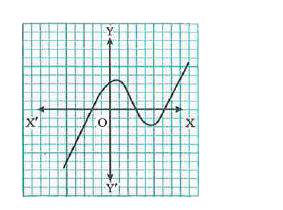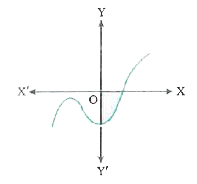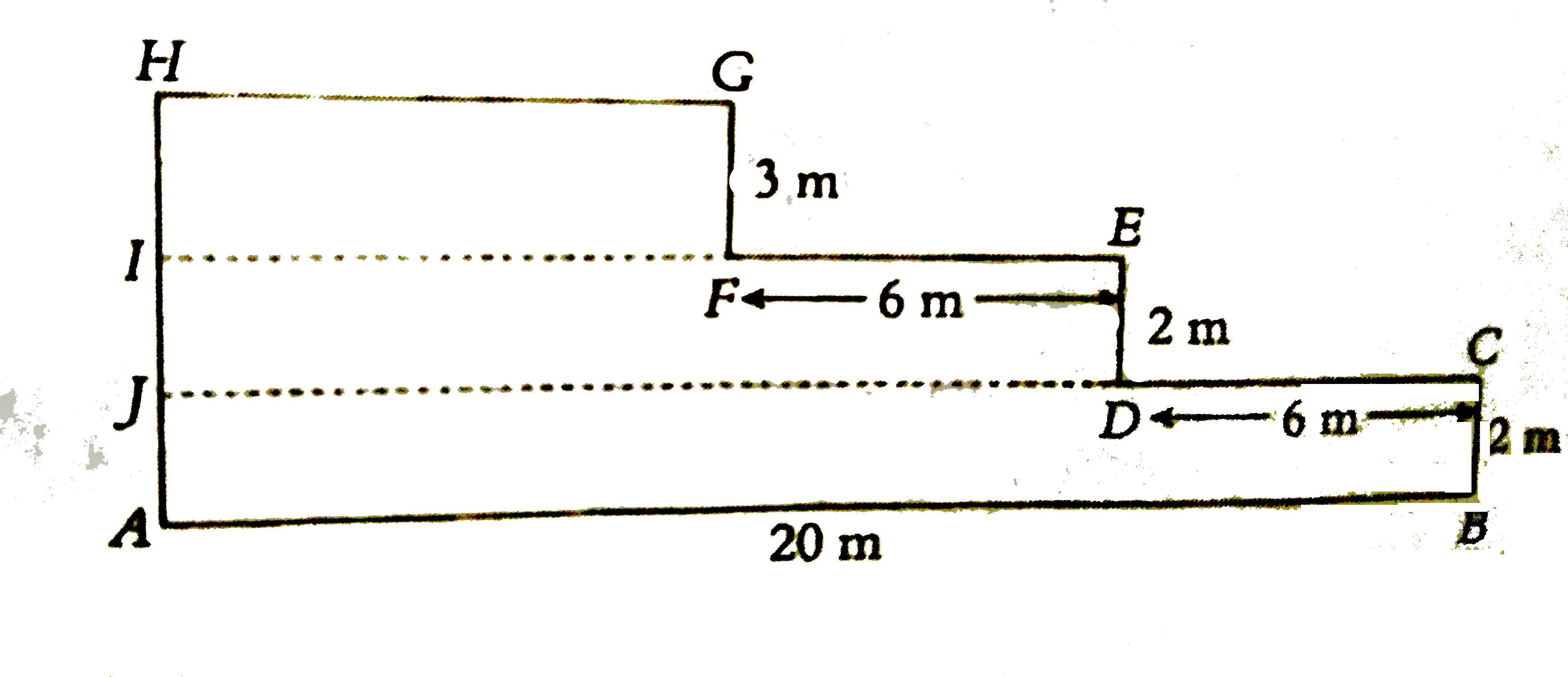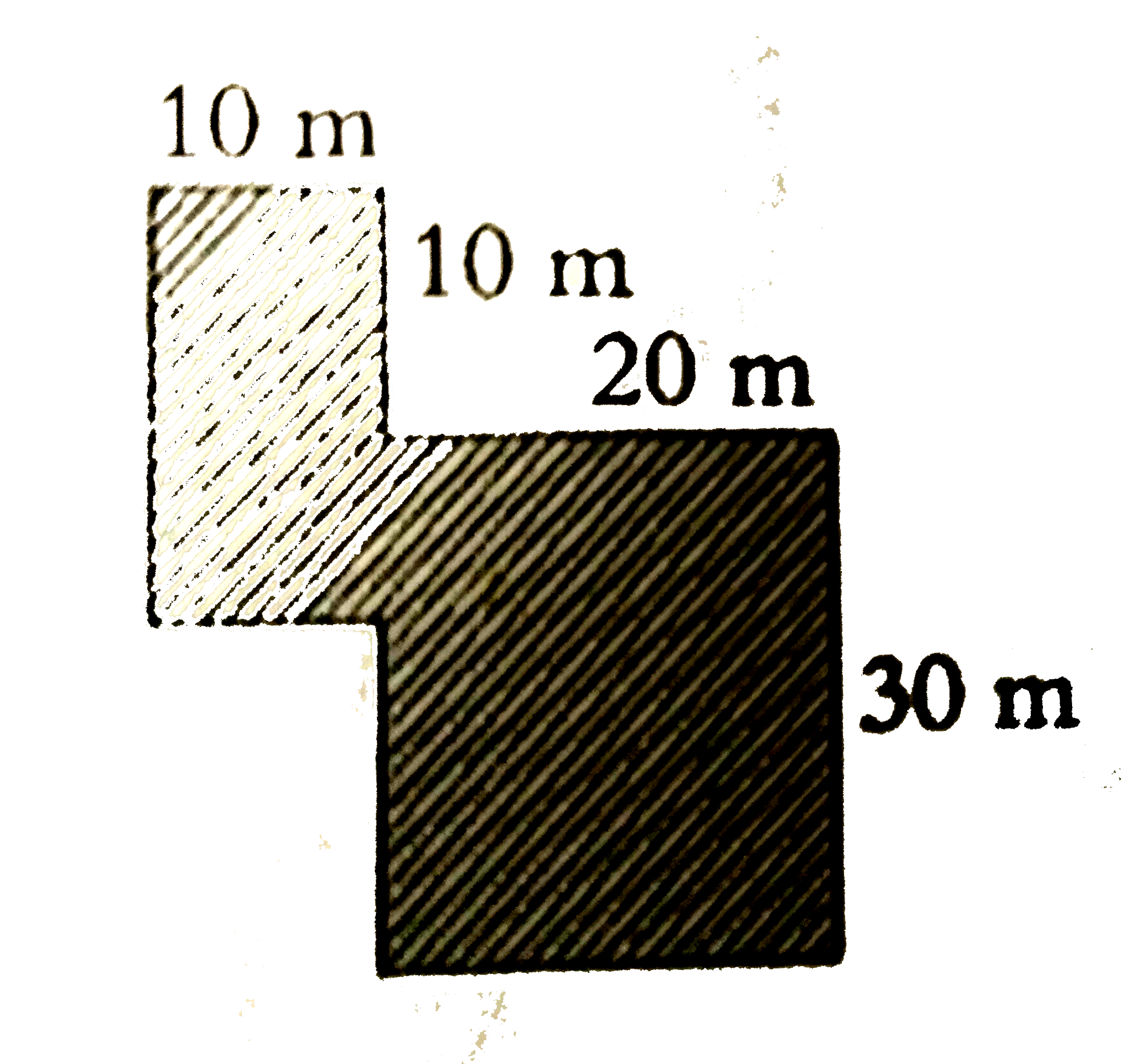The graphs of y=p(x) are given in the figures below, for some polynomials p(x). Find the number of zeroes of p(x), in each case.
 Solution in Gujrati
Solution in Gujrati
The correct Answer is:3
Step by step video, text & image solution for The graphs of y= p (x) are given in the figures below, for some polynomials p(x). Find the number of zeroes of p(x), in each case. by Maths experts to help you in doubts & scoring excellent marks in Class 10 exams.
Topper's Solved these Questions
- BOOK - KUMAR PRAKASHANCHAPTER - POLYNOMIALSEXERCISE - EXERCISE 2.212videos
POLYNOMIALS
- BOOK - KUMAR PRAKASHANCHAPTER - POLYNOMIALSEXERCISE - EXERCISE 2.311videos
POLYNOMIALS
- BOOK - KUMAR PRAKASHANCHAPTER - POLYNOMIALSEXERCISE - OTHER IMPORTANT EXAMPLES5videos
POLYNOMIALS
- BOOK - KUMAR PRAKASHANCHAPTER - PAIR OF LINEAR EQUATIONS IN TWO VARIABLES EXERCISE - Test Your Skills48videos
PAIR OF LINEAR EQUATIONS IN TWO VARIABLES
- BOOK - KUMAR PRAKASHANCHAPTER - PROBABILITY EXERCISE - OBJECTIVE QUESTIONS (State whether each of the following statements is true or false:)5videos
PROBABILITY
Similar Questions
Find the zeroes of the following quadratic polynomials and verify the relationship between the zeroes and the coefficients :
x2−2x−802:11View SolutionDivide the polynomial p(x) by the polynomial g(x) and find the quotient and remainder in each of the following :
p(x)=x3−3x2+5x−3,g(x)=x2−202:45View SolutionThe graphs of y=p(x) are given in the figures below, for some polynomials p(x) :

Find the number of zeroes of p(x) in each case .02:17View SolutionIf the numerator of a fraction is decreased by 1. It reduces to 12 and if its numerator is increased by 1. it reduces to 1. Represent this situation algebraically and graphically.
05:41View SolutionFor any event A, P (A) is always greater than P(¯¯¯A).
03:28View SolutionDetermine the point of symmetry of a regular hexagon.
02:31View SolutionMatch the following Column A to Column B
 02:21View Solution
02:21View SolutionMatch the following Column A to Column B
 02:03View Solution
02:03View SolutionMatch the following Column A to Column B
 02:10View Solution
02:10View SolutionFind the area of figure given below.
 02:17View Solution
02:17View SolutionFind the perimeter of the figure given below.
 02:10View Solution
02:10View SolutionFind the area of the figure given below.
 01:13View Solution
01:13View SolutionThe area of the shaded part in the figure given below is ______.
 01:49View Solution
01:49View SolutionThe inequation represented by the graph given below is :
01:30View SolutionThe inequation that best describes the graph given below is _________
01:06View SolutionThe inequation that best describes the following graph is _________
01:08View Solution

